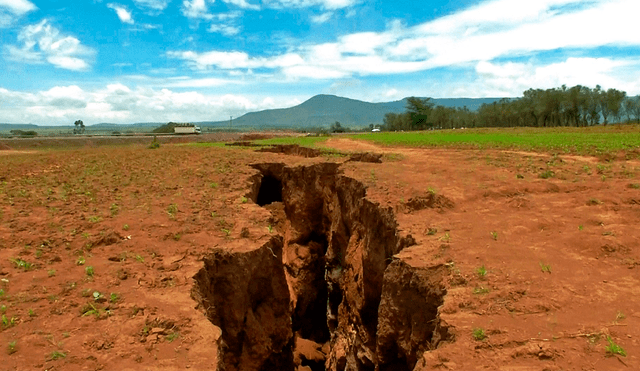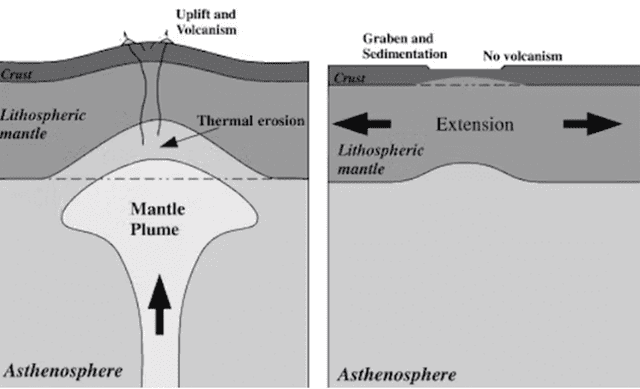Scientists reveal that a 3.500-kilometer-long crack is slowly splitting a continent and forming a new ocean
Scientists reveal that the East African Rift System is splitting the continent into two, eventually forming a new ocean. Learn how this 3,500-kilometer crack is reshaping the region.

The African continent is undergoing a monumental geological transformation as the East African Rift System (EARS) continues to widen. This rift, stretching approximately 3,500 kilometers from the Red Sea to Mozambique, is gradually splitting the continent into two distinct landmasses. Over millions of years, this process will likely result in the formation of a new ocean, drastically altering the geography of the region and reshaping the lives of its inhabitants.
This tectonic activity, fueled by the separation of the Nubian Plate and the Somali Plate, offers a rare opportunity for scientists to observe continental drift and ocean formation in real time.
The East African Rift: A geologic marvel and recent signs of change
The East African Rift System is one of the world’s most active tectonic boundaries. As the Nubian Plate and Somali Plate continue to drift apart, the rift widens by an average of 6.35 millimeters per year—a rate comparable to the growth of a human fingernail. While this may seem slow on a human timescale, it has profound implications for the region’s future.
Scientists believe that, as the plates continue to diverge, seawater will eventually flood the rift, creating a new ocean basin. This geological phenomenon mirrors events that led to the formation of the Atlantic Ocean millions of years ago. Over time, the separation will redefine Africa’s landscape, turning landlocked countries like Uganda and Zambia into coastal nations.
Evidence of this ongoing process can already be observed. In 2018, a massive fissure suddenly appeared in Kenya’s Rift Valley, measuring several kilometers in length. This dramatic event caused roadways to crack and homes to collapse, highlighting the tectonic forces shaping the region. Scientists view such occurrences as visible reminders of the dynamic activity occurring beneath the Earth's surface.
Geologists also emphasize that volcanic activity in the area further supports the rifting process. The presence of numerous volcanoes, such as Mount Nyiragongo in the Democratic Republic of Congo, indicates that magma is rising to fill the gaps created by the diverging plates.

A large column of mantle dominates the lithosphere upwards. Photo: Oliver Mearle/Elsevier
The Long-Term impact on Africa’s geography
The eventual creation of a new ocean will not only change the physical geography of Africa but also have far-reaching implications for its environment, economy, and society. Coastal regions are expected to emerge in areas that are currently hundreds of kilometers inland. This shift will transform ecosystems, reshape trade routes, and create new opportunities and challenges for the region’s population.
Scientists estimate that the complete formation of the ocean could take 5 to 10 million years, making the East African Rift one of the most significant long-term geological processes on Earth.
The East African Rift System provides researchers with a natural laboratory to study continental drift and ocean formation. Unlike other regions where such processes occurred millions of years ago, this rift offers a real-time view of how tectonic forces reshape the Earth’s surface.
According to geologists, this phenomenon is invaluable for understanding the dynamics of plate tectonics and the formation of oceans, offering insights that could deepen our knowledge of Earth’s geological history.
